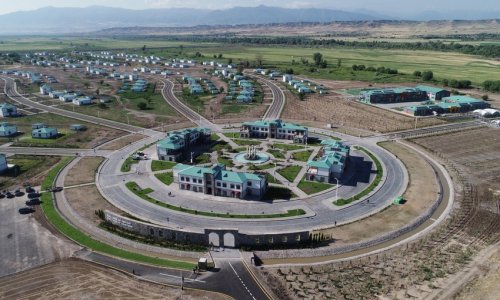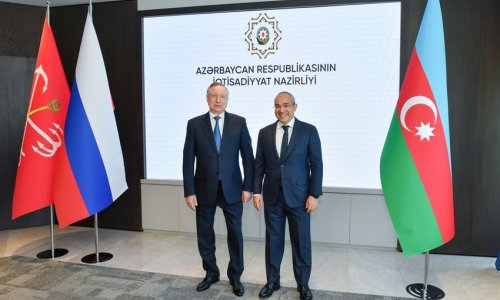On May 15th BP (UK), the leading partner in the development of Azerbaijan's Azeri-Chirag-Guneshli (ACG) oilfield, announced its results for the first quarter.
Figures from the energy firm revealed that production at ACG had declined by 2% year on year in January-March 2014. In the first quarter total oil output at the field stood at 7.9m tonnes, down from 8.06m tonnes in the year-earlier period.
Production averaged 645,800 barrels/day. Production at ACG has been declining gradually since 2009, while capital expenditure to sustain output has increased significantly.
On May 14th the State Statistics Committee (SSC) published figures for the first four months of the year, which showed that total Azerbaijani production of oil and condensate stood at 14.1m tonnes, down by 1.4% year on year. The SSC does not provide a breakdown of production at individual fields; however, the decrease will largely have been driven by the fall in output at the ACG field-which is the largest field in the country.
The decrease in output at ACG has been partly a result of temporary factors, including repair work for several weeks at the West Azeri and Central Azeri platforms, which form part of the ACG block. BP has previously cautioned that oil output from ACG could be lower than the 32.2m tonnes produced in 2013 due to the maintenance work. However, we expect that oil production will start to recover in the latter part of the year as production at the West Chirag oilfield, which came on stream in January 2014, starts to rise.
Total oil production in Azerbaijan stood at 43.1m tonnes in 2013. Owing to a modest recovery in the second half of the year, in 2014 we expect output to remain essentially unchanged from 2013 levels, rising by 2-3% in 2015 owing to the base effects of work at the West Azeri and Central Azeri platforms, and the positive impact of production increases at the West Chirag field.
(Economic Intelligence Unit)
Bakudaily.az











